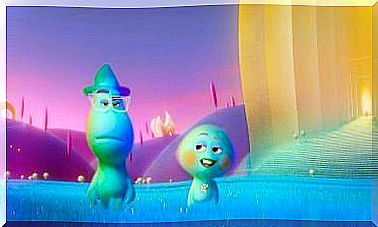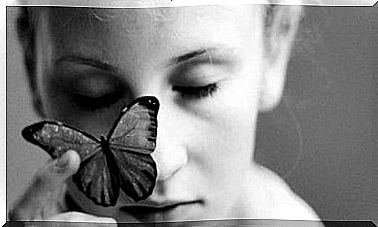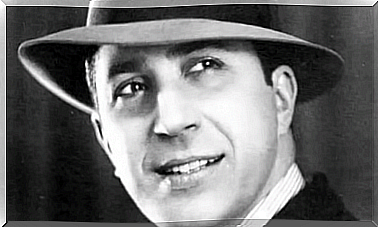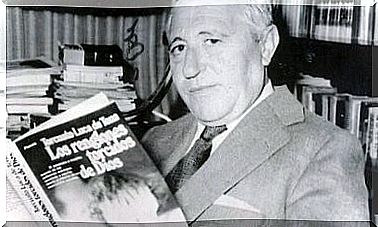Under The Same Stars: A Different Look At Cancer

The book The Fault in Our Stars by John Green -which has been versioned for the cinema- tells us about the day-to-day life of a young woman who has cancer. Beyond the disease or the events narrated in the novel, the author offers us an intimate perspective that highlights the complicated relationship of our adolescent with the disease and at the same time her serenity regarding it.
It is undoubtedly a dramatic, comic and romantic story that is worth reading. Under the Same Star gives us a vision totally opposite to what we might think when someone says the word “cancer” to us.
A novel about life and death
Under the same star (“The Fault in our stars”, by its original title in English) is a novel that mixes the tragic with the romantic and tells the story of a 16-year-old girl who suffers from lung cancer and falls in love with a fellow cancer patient support group.
Hazel Grace Lancaster is the protagonist of this beautiful work that, although for many it belongs to the group of “youth literature”, it is worth reading no matter how old we are. The book’s writer, John Green, indicated that he chose the title because of an excerpt from Shakespeare’s “Julius Caesar”:
Hazel felt something similar from the moment she was diagnosed with thyroid cancer which then spreads to her lungs and forces her to breathe oxygen through a cylinder that she carries with her everywhere. This bottle is a symbolic memory of her illness, which she has somehow tamed.
The adolescent believes that at any moment she is going to die and therefore agrees to attend meetings for cancer patients at her neighborhood church. According to his words, he addresses the “literal heart of Jesus” since the appointment is in the basement of the temple.

Every week she is more hopeless and bored to hear the same story from Patrick, the leader of the support group and who suffers from testicular cancer. She is so used to hearing about the deaths of her companions that they no longer overwhelm her. And since she is not obliged to go to school, she stays at home always reading the same book: An imperial pain, by a Dutch writer. There is nothing that encourages you to leave your room.
But everything changes the day a boy named Augustus (Gus) appears at the meeting, who lost his leg to osteosarcoma.
Although Hazel does not think about the future or falling in love, little by little the relationship between the two grows stronger and the feelings more genuine. From here, we have no choice but to shut up and invite you to immerse yourself in the narrative of the story.
Cancer also teaches us
Beyond fiction and the love story between Hazel and Gus, “Under the Same Star” leaves us endless lessons and morals. In the first place, it explains to us that despite suffering an advanced terminal illness we can find the space to love and be loved, to forgive and be forgiven or to fulfill our dreams and those of others.
In many paragraphs of the book the protagonist affirms that she is tired and sick of suffering from cancer, that she would like to be a normal girl who has relationships with her boyfriend or that she can visit a museum with stairs but she must settle for what she has and has touched her “In luck.” They are his “cards” and with them he has to “play”
She also says that she attends the support group because her parents ask her to and she cannot deny it. Especially her mother, who has left her job to take care of her during her illness; although if I had to choose, I would rather stay in bed reading and not listening to the sad stories in the “literal heart of Jesus” over and over again.
Many times the family and friends of a cancer patient want to help them to move on, want to overcome the disease, be able to smile despite everything, have dreams or imagine their future. However, they are not always right or their actions are well seen by the sick person, even if they are really for their good.

Nobody is prepared to receive bad news related to health and neither to face a disease as destructive as cancer, but at least we can understand that there are different ways to cope with a situation of these characteristics. How? Thanks to the look (fictitious, but still valid) of the adolescent in this book.
Under the same star it will draw many tears from you, it will make you laugh and above all reflect on our existence, our relationships, the way we see the world and what we do every day to fulfill our dreams.
Finally, a phrase that exceptionally reviews John Green’s book, written by Markus Zusak (author of “The Book Thief”):









